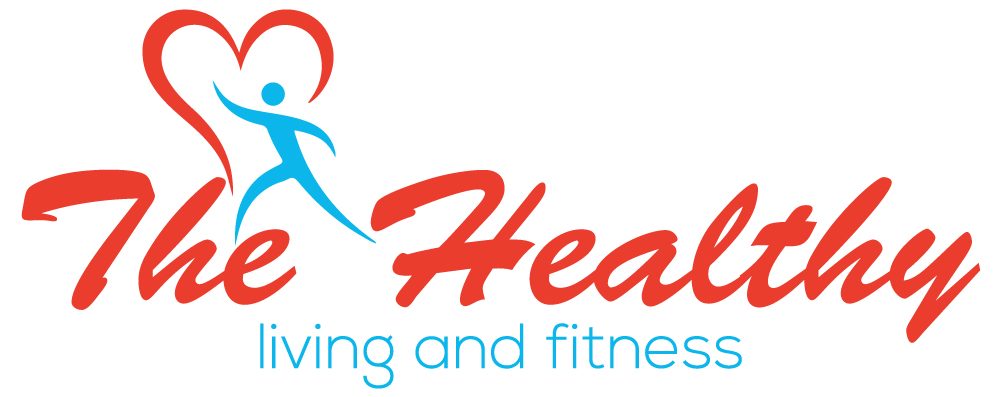Most people are familiar with the food pyramid; first introduced in Sweden in 1974, the food pyramid gives us a rough idea of what percentage of our diet should be made up of different foodstuffs. The size of the floor denotes how much we should eat! Things like processed foods and fat-heavy meats are at the tiny top of the pyramid, showing that we should eat as little as possible, while healthier items like fruit, veg, and whole grains can be found at the base – the largest section of the pyramid.
How well do you know the food pyramid? Let’s take a closer look.
Ground floor: Daily exercise
Surprise! You were expecting food, weren’t you? In fact, the Harvard School of Public Health uses “daily exercise and weight control” as the bottom of its pyramid! Regular exercise is the basis of any healthy lifestyle and exercise cannot be replaced by diet alone.
First floor: Fruit, vegetables / whole grains / healthy oils
On the first floor you’ll find three rooms! Behind the first door is fruit and veg, and behind the second is whole grains. These two components should be making up the bulk of your food intake! Remember that whole grains only include brown rice, bread, pasta etc and not the white counterparts, which are high in sugar and refined grained. Behind the final door you’ll find healthy fats and oils, like extra-virgin olive oil. You should try to use these high-quality oils and healthy fats in the majority of your cooking and avoid deep-friend food items or trans fats.
Second floor: Fish, poultry, eggs / nuts, seeds and beans.
Up another level and we’re getting to the items that can be plentiful in your diet but shouldn’t be the basis of it! Lean meats like poultry and fishes high in omega-5 are excellent sources of protein, along with eggs and all variety of nuts, seeds and pulses etc. Some of these foods, especially nuts, can be high in fat and should not be consumed in excess!
Third floor: Dairy
Nearly reaching the top now! On the third floor you’ll only find dairy. Dairy is an odd ingredient to be sure, as the majority of species on earth (including most humans) become intolerant to dairy products in adulthood. Once you’ve grown out of infancy, it is common to lose the ability to process to a type of sugar found in these products, known as lactose. For those of you who are able to enjoy dairy, Harvard recommends 1-2 servings a day!
Attic: Red meat / butter / refined grains / sugar and salt
You’ve made it to the tip top of the pyramid! This tiny attic floor is for the foods that are best kept as an occasional treat! Red meats and butter, both incredibly high in fat, should be kept to a minimum in your diet. Refined grains like white bread and pasta are also found here, a whole three floors above the whole grain versions. Exclusively consuming whole grains over refined grains will be hugely beneficial to your health, but the occasional cheat day isn’t the end of the world! Finally, we have food and drink heavy with sugar and salt, like fizzy sodas, chocolates, crisps, and pretzels. These snack foods should be a rare indulgence, not a staple of your diet!
